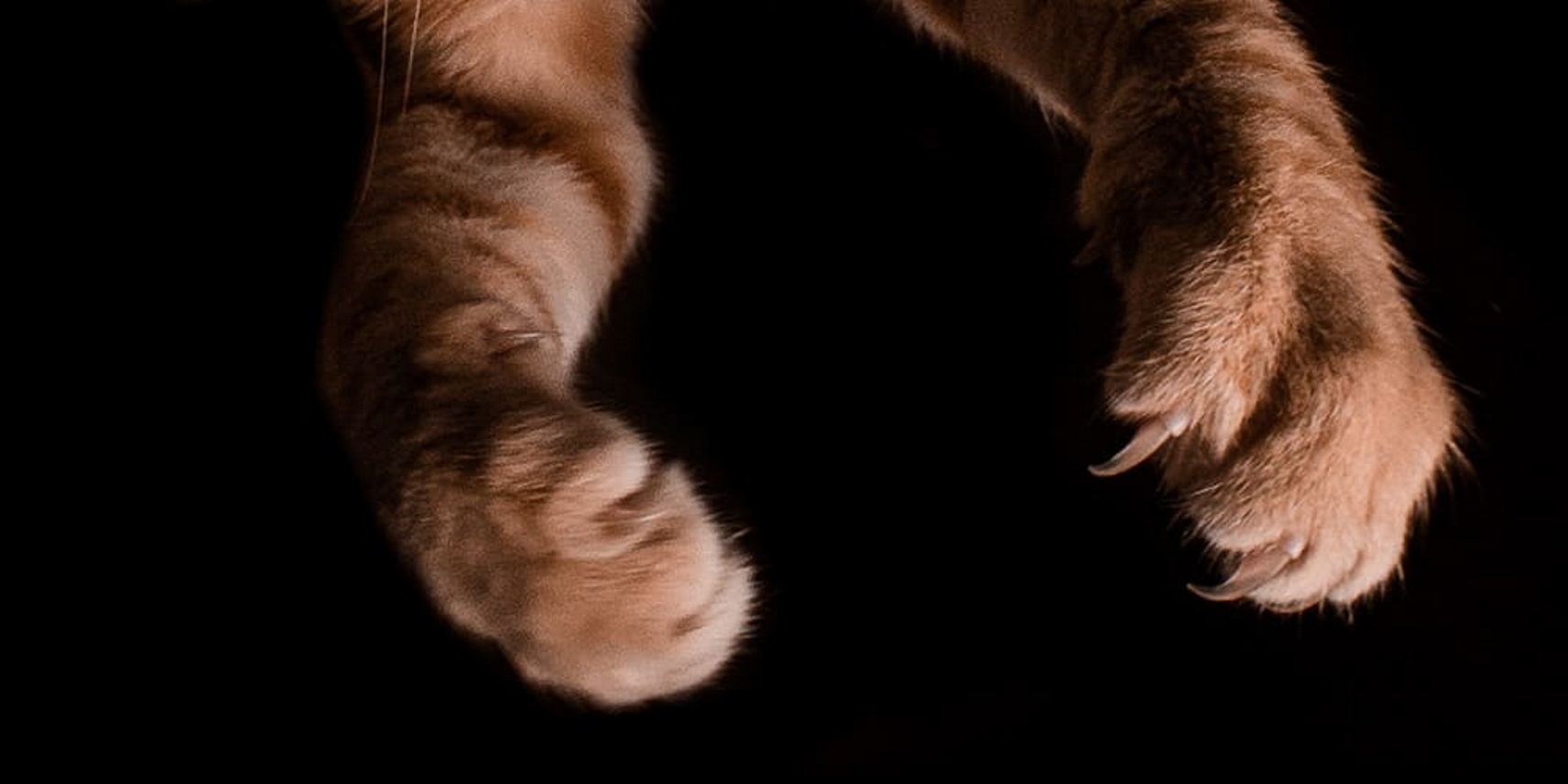Cats Behaviours

How do you know if a cat likes you?
While dogs are often known for their extroverted personalities, their tail wagging and their eager barking, their feline counterparts are quite the opposite. Cats are not so easy to read – with their sometimes-evasive nature, you might find that they seem quiet, introverted and cautious around you or strangers.
So, whether you’re getting ready to welcome a cat into your home or just want to learn their language, here is a beginner’s guide on cat behaviour.
Someone new to cats might see them as indifferent to their loved ones; they don’t bowl their owners over after being separated longer than 5 minutes, and they don’t howl whenever the mailman threatens to walk up the driveway. It may also seem like you can win a dog over with a high-pitched voice and a head scratch, but can’t immediately create that bond with a cat.
Being independent instead of a pack animal like dogs, cats aren’t genetically wired to rely on others, which is why it may take longer to gain their trust and friendship, but it’s definitely possible!
Recognising the signs
Like a dog, a cat’s tail can give a good insight into their mood, though it’s not common for them to wag it when they’re happy. Most cases of a cat’s tail vibrating are a clear sign of annoyance or agitation, which when turned to anger, will turn into fast whipping motions. If they feel like this, they most likely won’t let you touch them, and their ears might be twitching back and forth. However, tail wagging from a cat can also be a sign of excitement; they might be excited about dinner or treats, or you might catch their tail vibrating if they’re happy to see you. As with all behaviours, tail wagging is situational and can’t be a clear indicator of your cat’s mood by itself.
Around strangers, it’s common for a cat to be shy. So, if you’re trying to make friends with one, watch out for those signs to know when to back off and give them space.
With cats, a good rule of thumb is to let them come to you and initiate the friendship. To encourage this, be aware of how loud you’re being, and of your size; when approaching a cat, get down to their level and speak in a soft, gentle voice.
Do they like me yet?
There are both vague and obvious signs when a cat starts to like you. They might start following you around and sitting by you, wanting to be with you, or even greet you as you walk in the door! Their tails, if they’re happy and relaxed in your presence, will be swishing around gently, and they may initiate contact with you by rubbing themselves against your legs or headbutting you!
The noises they make are also a great indicator of their mood and feelings. Hissing and growling obviously mean they feel threatened, and they can make short chirps or meows as a happy greeting to other cats or to you.
Sleeping in the same room as you is also a great sign of trust. By sleeping by you, a cat is displaying their protective nature, showing that they trust you not to hurt them and protect them from predators as they catch some shut-eye, as well as knowing they will be able to protect you if need be.
Cat person?
Every cat has a distinct personality, just like every dog and every person does too. Some cats may be more sociable, while others shy. To build a friendship, it’s important to understand their individual personalities and behaviours, because once their trust is gained, they’ll become the sweetest, most loving creatures who are completely worth the patience.


